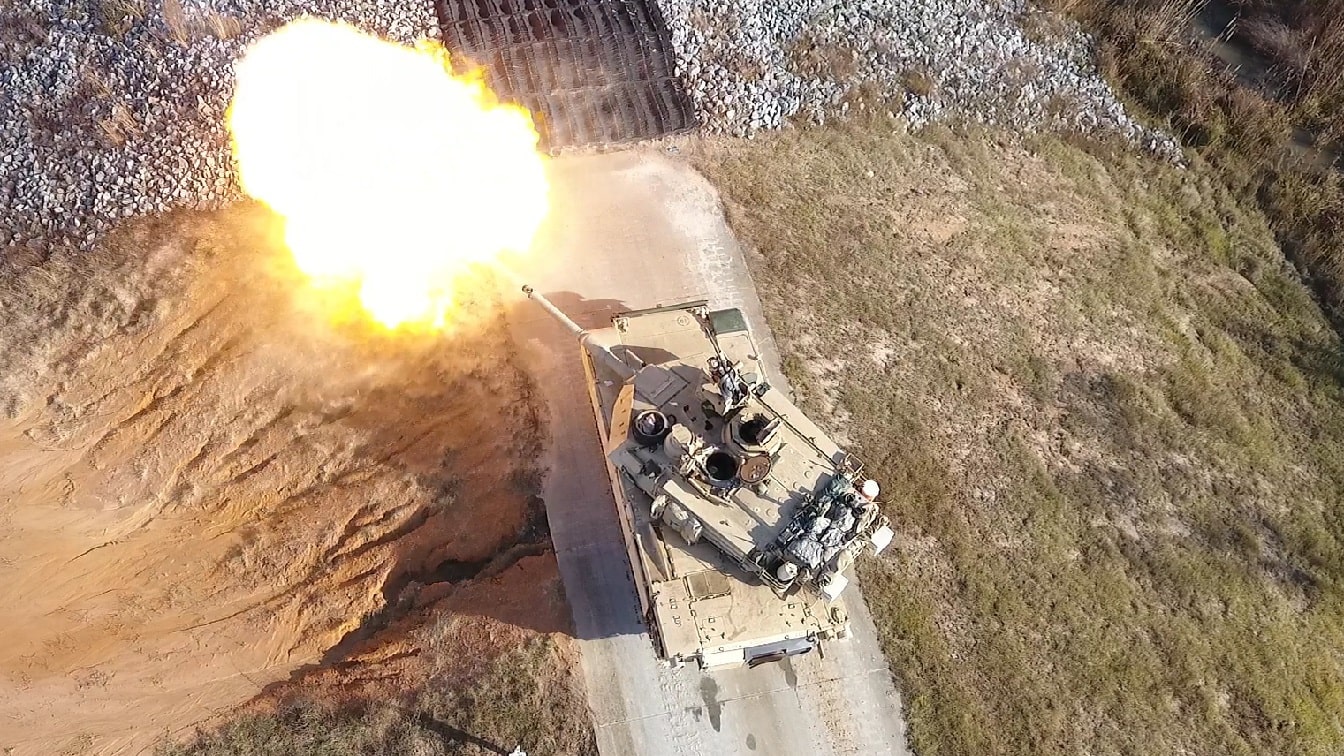Talks Between Moscow and Washington On Ukraine Stall, Russia Ups the Ante: The United States and Russia conducted seven hours of negotiations on Monday, discussing the situation in Ukraine, with neither side giving in to one another. The main issue at hand is the possible inclusion of Ukraine into NATO, while Russia considers that a red-line and has deployed over 100,000 troops on the border while keeping tensions high with fears of a Russian invasion of Ukraine.
Russian Deputy Foreign Minister Sergei A. Ryabkov Moscow’s lead negotiator insisted after the meeting that it was “absolutely mandatory” that Ukraine “never, never, ever” become a NATO member.
Meanwhile, Washington, represented by Deputy Secretary of State Wendy Sherman, was adamant that the United States could never agree to that because “we will not allow anyone to slam closed NATO’s open-door policy,” and she said that the United States and its allies would not stand by if Russia sought to change Ukraine’s situation “by force.’’
Putin has continued to demand that NATO formally acknowledge to never admit Ukraine and Georgia as members of NATO, something that US and NATO officials call nonstarters. Instead, the Biden administration is trying to dangle lesser conciliations such as the assurance that American missiles will not be placed in Ukrainian territory — something Washington never had envisioned. And the Russians aren’t budging.
The Ukrainian government was not at the negotiations and wasn’t invited and puts them in a situation of great uncertainty. They are no doubt feeling like Czechoslovakia did in 1938, with two governments discussing their fate while they sit idly by.
Moscow’s actions, while typically heavy-handed, are based on the fear that the United States was behind moving Ukraine from the Russian sphere of influence toward the West. Moscow believes that it was the U.S. anti-Soviet policy led to the demise of the Soviet Union, rather than its own economic and political totalitarianism. Putin believes that Washington seeks to weaken Russia economically and militarily by constantly pushing the West and NATO eastward to Russia’s borders.
Last year, Putin faced the most serious protests against his regime and this is while the pandemic rages in the country while the Russian economy continues to stumble.
Russia has historically used Ukraine as part of its security perimeter. For centuries, Russia has relied on this so-called “strategic buffer” to protect its borders. Worried that the breakout of freedom in the Baltic states will make its way to Russia is a very real threat to Moscow. Annexing Crimea and further incursions into the Donbas region was the way to keep them from joining NATO. And NATO has expanded eastward since 1997.
Russian analysts believe Moscow’s actions are akin to how the United States would act if Russian troops and missiles were parked in Mexico along the U.S. southern border. Putin in a speech earlier last year called the Russians and Ukrainians “one people” and argued that the West was behind the move to push Ukraine toward the West and NATO.
The Russians continue to say that their troop deployments along the border are defensive in nature and that they worry that Ukraine is preparing to invade the Donbas region that has been fighting with Russian-backed separatists. Ukraine denies this as a total fabrication. Ryabkov reiterated to reporters in Geneva that, “we have no intention to invade Ukraine.”
Invading now would likely bog down Russian armored formations. A mild winter thus far has eastern Ukraine into a muddy quagmire, where normally the ground would be frozen hard. However, the Russians have upped the ante even more by moving attack helicopters and aircraft to forward areas, a prerequisite to having its troops conventionally invade Ukraine.
Despite the buildup along Ukraine’s borders, a conventional Russian invasion would no doubt be a two-pronged approach with troops coming from the north from Putin ally Belarus. That would negate the need for Russian forces to cross the Dnieper River. Belarusian strongman president, Alexander Lukashenko, said his country would “do everything” to take back Ukraine.
The United States has been monitoring Russian forces by regularly flying Air Force RC-135 Rivet Joint electronic-eavesdropping planes over Ukraine since late December. The planes eavesdrop on Russian ground commanders’ communications. The Air Force is also flying E-8 JSTARS ground-surveillance planes to track the Russian troop buildup and the movements of the forces.
The talks in Geneva talks are slated to continue and will coincide with a meeting at NATO headquarters in Brussels between Russian and Western leaders as well as at the permanent council of the Organization for Security and Co-operation in Europe, which includes Russia.
Steve Balestrieri is a 1945 National Security Columnist. He has served as a US Special Forces NCO and Warrant Officer before injuries forced his early separation. In addition to writing for 1945, he covers the NFL for PatsFans.com and his work was regularly featured in the Millbury-Sutton Chronicle and Grafton News newspapers in Massachusetts.

